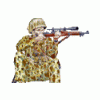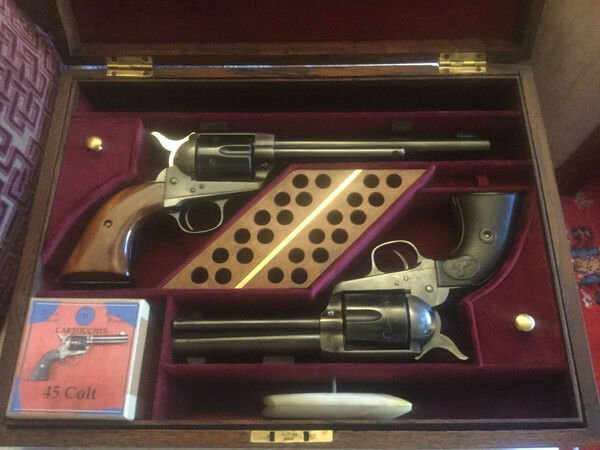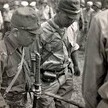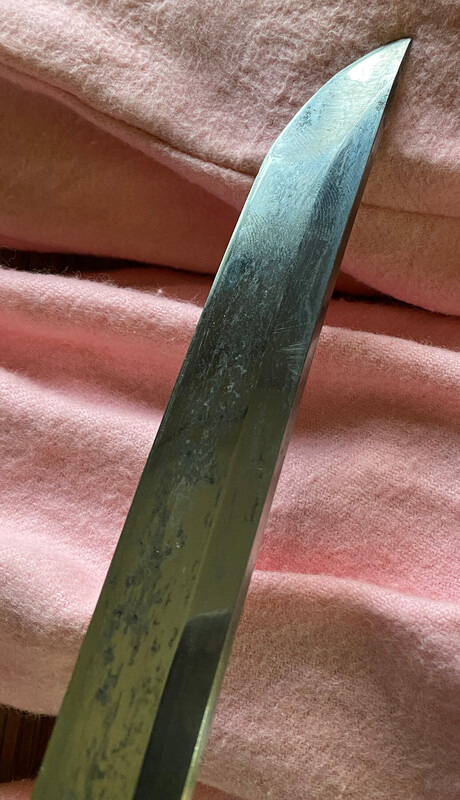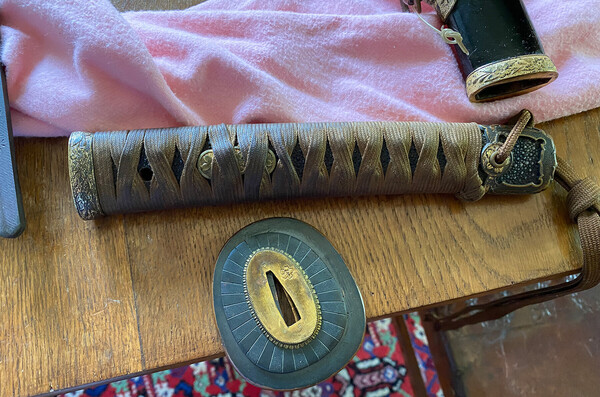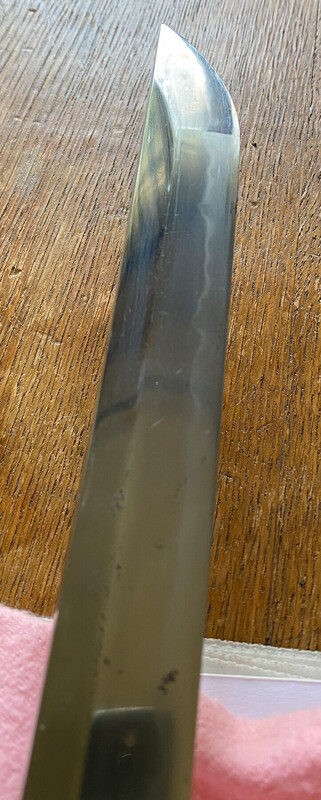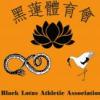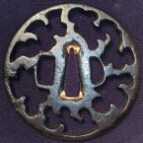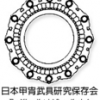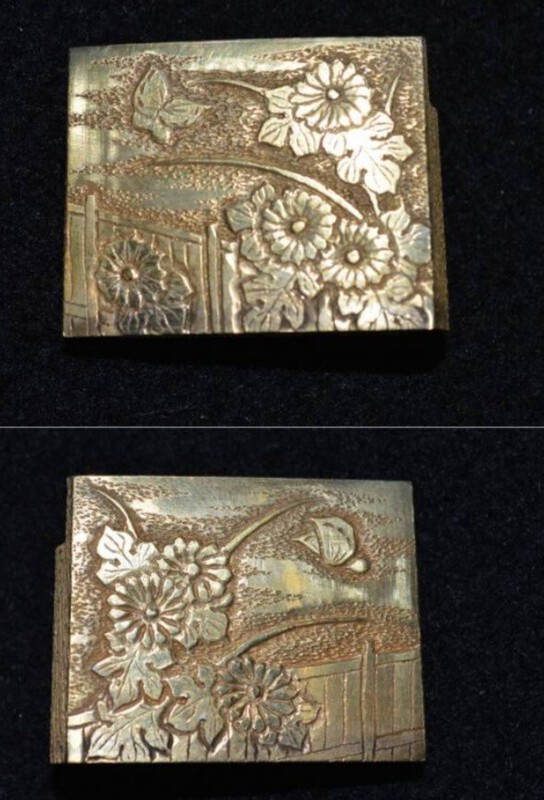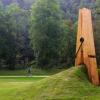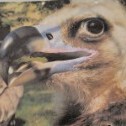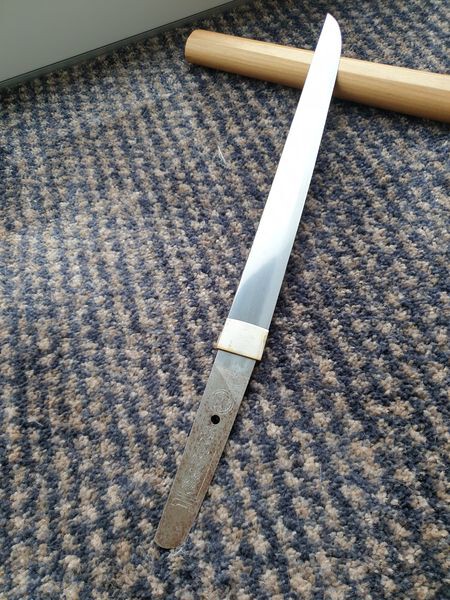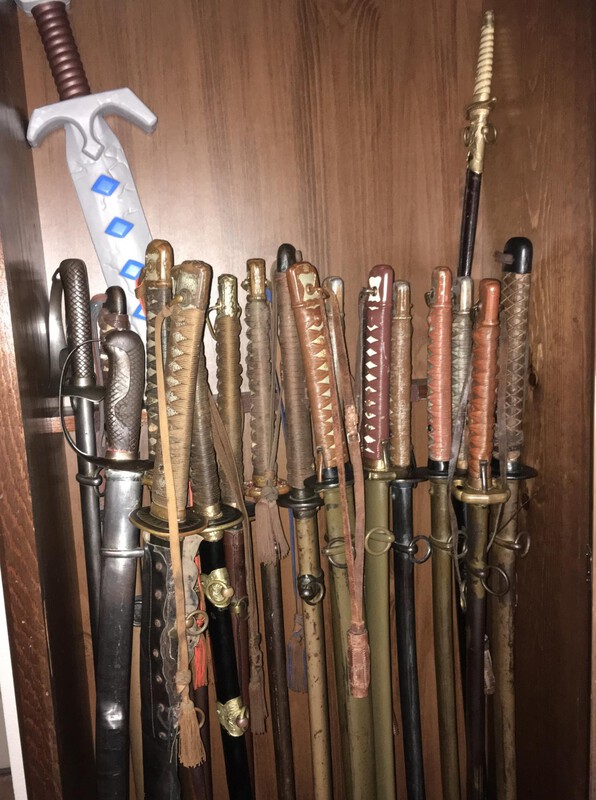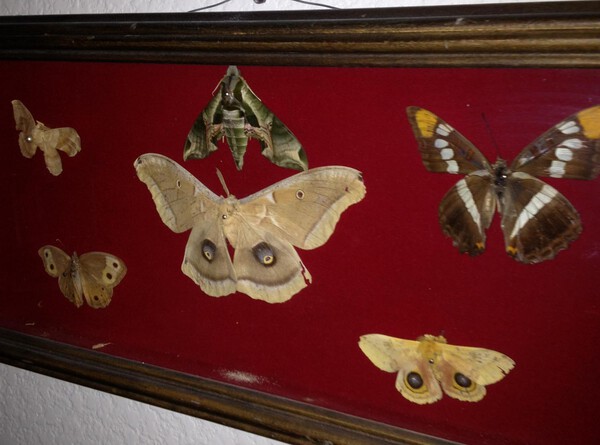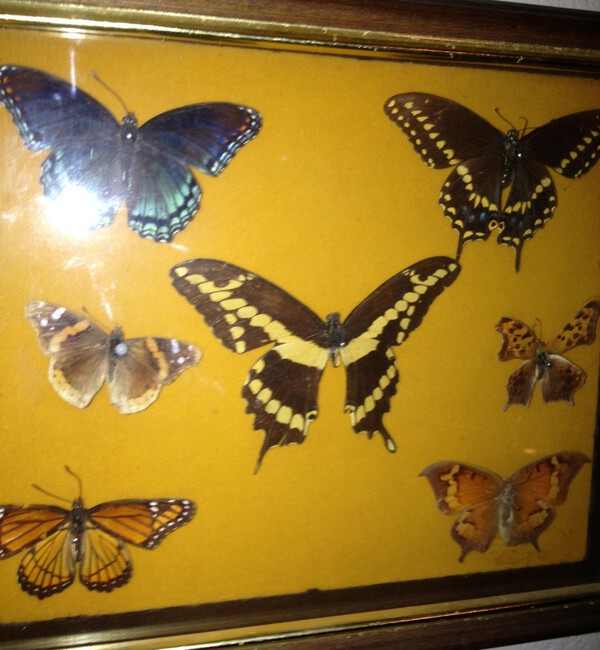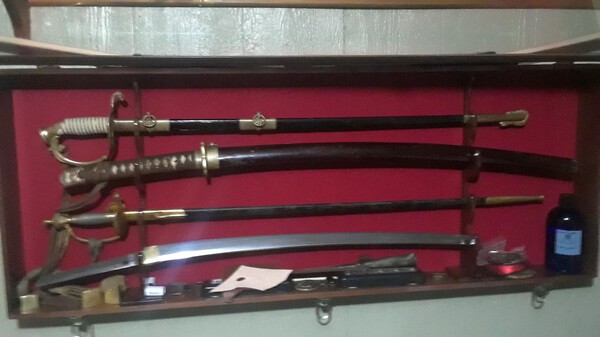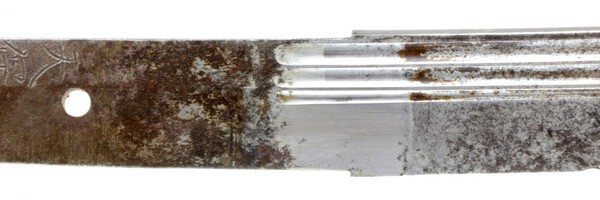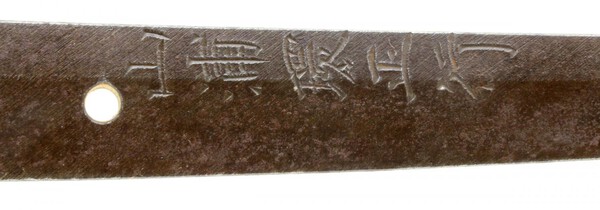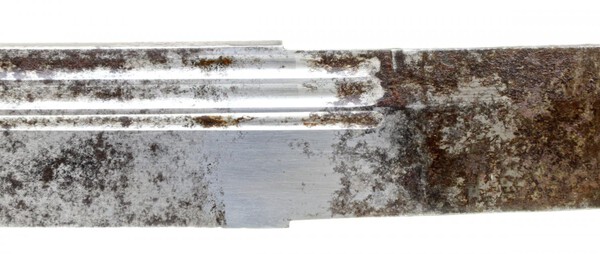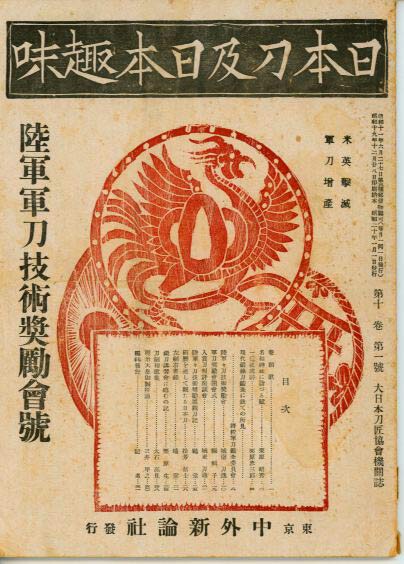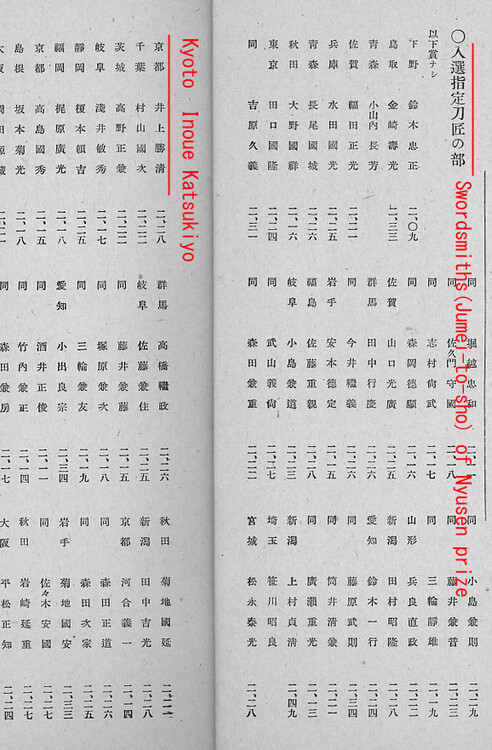Leaderboard
Popular Content
Showing content with the highest reputation on 07/28/2021 in all areas
-
If I may, I'd like to suggest a change in approach. Those of us who could easily see the sword as a fake were able to do so, not because we have memorized a list of rules (the kanji shouldn't be too spread out, for example), but rather, because we have looked at so many of the real thing. Once you set a rule that says no real Nihonto have wide spread kanji in their mei, some sword will pop up with atypical spacing and prove you wrong. However, once you have looked closely at 1,000 true Nihonto, either in hand or in a good book, you will never be fooled by a sword like the one up top. Study Grasshopper. Grey4 points
-
3 points
-
Re Item No.86 Some photos of the box as featured . This is made from over 1000 year old Japanese Cedar and still has the classic cedar fragrance. I understand that trees of this sort of age are classified in a similar way to ancient monuments. It is illegal to use any wood from them unless it is as a result of storm loss or natural death. This means that the wood is greatly sought after...3 points
-
3 points
-
I'm new to collecting. Began collecting WW2-era vintage pistols last year, and began Gunto collecting this year. I still add to my pistol collection, but the Gunto collecting has consumed me this year. Parts of my collections are pictured in the photos below. Always had an interest in WW2 since I was a kid (Grandpa served in the war - U.S. Army, ETO), but, as stated, just recently got into collecting. I'm learning these are expensive hobbies. Lol3 points
-
As to the the blades themselves, someone whispered that we (from outside the prefecture) were invited ‘staff’ and not participants per se. For this reason we were not entering slips with attributions. The long blade in first position was a Nagamitsu, and later in the car I was asked if I remembered it from a viewing late last year. Some of our members seem to have photographic memories! A problematic blade was a lovely Katsumitsu with Kin Zōgan Mei that few were able to guess correctly. But the real trick was blades four and five. As different as two blades could be, they were both actually by Inoué Shinkai of Ōsaka. “Most people got one or the other, but no-one got both!” said the commentator. One blade was a ‘young’ example by Izumi no Kami Kunisada, three years before he took the name Shinkai. The Tanto in fifth position from towards the end of his life, looked nothing special to me, just a straight suguha, and I put it down rather quickly after a perfunctory examination. But in my mind it stayed bright and shining; mentally I could not put it down. Like purest cream, or butterscotch, the jihada and smooth hamon line continued to call me, blotting out all else.3 points
-
2 points
-
Copying shamelessly the spirit and style of Guido's report on the tomb of Masamune, I thought a quick description of Sunday's NBTHK meeting might keep the wolf from the door a while longer. Sunday, 25 July 2021. We drove a couple of hours to Minatogawa Jinja in Kobe for the Hyogo NBTHK branch meeting, carrying some serious blades to test their abilities. (Sadly the lunch, being a quick Japanese affair at a greasy spoon nearby could not compare, though.) During a lull in the sword appreciation proceedings, I took a quick stroll around the precincts for some photos of the atmosphere. There were visitors here and there in small numbers, but my impression was that they had come to pray, not as tourists. Although a brilliant military strategist and special hero in Japanese history, 'Kusunoki Ko' 楠公 1294- 1336(?)was elevated to higher status in the Meiji Period. There is a movement afoot today to persuade NHK to do a year-long 'Taiga Drama' on his life. As you will see in the photo below I signed a voting slip and popped it into the box. Photos of the tomb and the larger shrine area from my phone will follow. For those of you who have already visited the shrine in Kobe, this will be old hat. Please feel free to add your own photos, perpective, understandings, etc.2 points
-
2 points
-
Item No. 86 - Set for Daisho pair in mixed metals Related themes on a recently mounted set of fittings by Ford Hallam These were made approx 18years ago as a commission for a U.K. collector and show themes or associated subjects such as tiger and bamboo , dragon and rain ,the chinese ' four gentlemen ' , autumn leaves etc. I will post some additional views of the fittings seperately , also of the box.2 points
-
忠義 Chūgi Introductory video here shows some of the swords and armour on display in their museum.2 points
-
Yesterday, 03 / 07 / 2021, an event was held in Birmingham, the real one not the US copy, where Nihonto enthusiasts from all over the UK met for the first time after so many months of virus enforced separation. Special thanks must go to Ian Chapman and Mike Hickson - Smith for all their hard work in initiating the event, sourcing a venue and finally bringing the plan to its successful fruition. Unfortunately covid restrictions imposed limits on the number of attendees that could be accommodated in the space, but nevertheless if gave those sword lovers who could attended a foretaste of happier and less restrictive times that undoubtedly lie ahead. On display were a wide selection of fine swords, blades, fittings and accessories, some of which were old friends, but so many were new to me. Sadly I was unable to remain for the continuing festivities, that revolved around an evening meal, and something I find unbelievable, more liquid nourishment, but my few hours of exposure to the items on display and perhaps more importantly the opportunity to meet up with old friends, reignited a passion that this dreadful era of isolation had blunted. One again my thanks to Mike and Ian and let us look forward to making events like this a permanent feature in the future. Ian Bottomley1 point
-
1 point
-
Referring back to the original thread where I posted general information: This is now the second blade of his collection. What I missed to picture with the blade in this thread here is the wonderful saya/texture on the outside. It is not only lines, but has several times applied what looks like roses to me. The blade looks to be quite out of polish and has been remounted a few times. Tsuba of this blade has a signature on it too.1 point
-
A friend of mine who also collects firearms as I do (and where I know him from) once told me that he inherited a few blades from his father who had a huge passion for Nihonto. He promised me to one day show me those blades. Due to COVID and him living further away from my home it took us some time to finally find a possible date. While he in advance told me he would rather not want me to take them apart we then agreed that we'll look at in person and see if they are easily disassembleable and then decide if they can be taken apart. I told him I'd do a lot of pictures and hopefully find others who will help me to learn as much as possible on his blades to pass back the information to him for him to keep it with the blades (since they are from his father he wants to keep them and not sell). In place I was amazed to learn there were a total of 6 blades that he had. Of those six he obtained five prior to WWII and one post WWII. Since he lived in Vienna and due to him having studied medicine it allowed him to stay in Vienna and care for the wounded (as far as I understood). Due to frequent bombings in which his collection once nearly was destroyed he rented a small storage inside St. Stephan Cathedral in Vienna where he managed to safely store the blades during WWII. Anyway, to get to the blades - I'll be posting them in exactly the order I took the pictures. This means I'll be starting with the blade he obtained post WWII which quite obvious is a blade in military mounting, so a WWII blade. I know this is the incorrect forum, but to keep all threads in the same section (at this point: I had considered posting all blades in a single thread, but due to the larger number of the blades I think this would probably be confusing so I will post individual threads for each blade) I'm nevertheless posting it here.1 point
-
It may surprise one at what is used for effect in some nuri. This appears to me to be fish scales. It is a pleasant effect. John1 point
-
1 point
-
Took us from January to last month to get our grading back. Everybody stayed home collecting cards from covid ....and the price jump flooded PSA.... Its actually put a dent in the market because people have so much invested setting there and they can't spend the money cuz It can't sell1 point
-
Your Pattern 8 sword was made by Jinsen Army Arsenal in 1945. It is more likely to have been obtained in Korea during the postwar occupation. The US Army stationed two divisions in Korea immediately after the war. The inspection mark that is referenced in post #3 will look like this ヘ. Below is a link to another Pattern 8 sword showing the various locations of the ヘ inspection mark. Questions about "late war", NCO swords1 point
-
Stephen, I've heard that the value of Baseball cards has skyrocketed since last year, and that they've increased in value more than any other category of collectible.1 point
-
Nice! but I just found a stash of old postage stamps and was looking for a collector... -t1 point
-
1 point
-
Dear Eric. The fittings are not standard WWll ones but it is not that uncommon to find swords in simple civilian mounts with the addition of a hanger for use in the war. Your sword might have had a leather combat cover over the saya. Personally I would leave them as they are. All the best.1 point
-
1 point
-
1 point
-
Thanks for the interesting recollections and reflections of how it went. It allows us to almost feel the atmosphere and vicariously be present there through you1 point
-
1 point
-
I got out some Ainu knives for a presentation at a local museum and thought there might be some interest in them here. I am not sure these are "Japanese" blades but they ARE related. Indeed, I have formed three collections of Ainu objects, but I've given two of them away and formed this bunch only because they were there. Most of the "blades" are Japanese (or other "Asian') cutlery, but please take a look at the bear face bag that was fitted out with a "netsuke' that we collectors see as a very ordinary iron tsuba. Thank you for looking! Peter1 point
-
I have had similar experiences - since I'm much taller than most Japanese, I learned to start looking at shape, Hamon and Utsuri when I was two or three back so I could focus on hada when I got the blade in hand. A great experience man, envy you the journey... -t1 point
-
Thank you for posting the characters for his first name. I was having a hard time deciphering the first character in his given name and thought it could be 葚. Upon closer examination, it is indeed 甚. His full name is 井上・甚作 Inoue Jinsaku and his address in 1937 was 天田郡西中筋村石原八八 [Amata-gun Nishinakasuji-mura Ishihara 88]. He had two apprentices and could produce five swords per month.1 point
-
Yes, flatten out that tag and give us a good shot of it. I can make out part of an address in Ochi-gun, Setozaki-mura (a place in Ehime Prefecture). The rest of the tag will have the name of the original owner, and maybe pinpoint the address. Edit: I can pick out part of the name. 囗藤精 The 藤 character can be read either as tō or fuji. It depends on what the preceding character is. So that means the family name will be something like 左藤, 斎藤, 伊東 (Satō, Saitō, Itō) or something like that. Or, it could also be 山藤, 高藤, (Yamafuji, Takafuji). The first name is probably is Kiyoshi, but there are multiple possible readings for the 精 kanji when it is used as a name.1 point
-
It says 二条堀川住 - Nijō Horikawa-jū 顕珠作 - Kenju saku It means Kenju of Nijō Horikawa (a section of the city of Kyōto) made this. It actually looks like it was cast from a mold, rather than hammered and carved. Cast replicas of real tsuba are very common.1 point
-
Kai, welcome to the NMB forum! Congratulation to your first purchase of what looks like Japanese art, but what may be a cast copy of a TSUBA. More close-up photos and different angles would help to solidify my guess.1 point
-
Looks like successful bidder actually paid 550,000 Yen.....around US $5K.....blows me away. Might hold ontk the 95's until Japan relaxes it's import laws a little 😉 Rob1 point
-
For Arnold’s (and everyone’s) sake, instead of just saying “it’s an obvious fake, hit the books,” can we please list some things that helped you identify it as a fake? Not all, but here’s what I saw right away: 1. Kanji on the mei was too spread out, on both sides, funkily chiseled (if it even WAS chiseled), and not normally recognizable characters (katakana?) 2. Thought the erotic scene on the kozuka was very out of place, and the figures themselves were too crude. 3. Kogatana’s blade shape was odd; the sori looked almost fantasy-like with the carved-out area. 4. Rust on nakago was an odd color, too bright. 5. Loose/missing seppas 6. seemed like the habaki and blade were off-center through the tsuba There are others certainly, but I think it’s helpful to take an extra few seconds to point out the WHY instead of always pointing towards the books without further context.1 point
-
No one has said it yet, but the best way to learn about nihonto is to buy the various books out there, attend sword study groups, and handle authentic pieces in hand (asking collectors in your area is the best way). Once you've got some experience under your belt, then you should start looking towards your first piece. Reliable and safe places to buy one include here from fellow board members and the websites listed under "Nihonto Info - Commercial" pages at the top. Those dealers are also members here and are honest folk. Personal recommendations of mine include Ed at Yakiba and Andy Quirt at nihonto.us; aside from that, stay far away from eBay and other auction sites until you've got experience to be able to identify the key traits that made a nihonto what it is! Auction sites tend to be where the sharks are. Skipping the above steps, you'll be paying for a rather costly education through the experience of being fooled by imitations and poorly-made/poor condition pieces. I'd recommend against that path as said before, it gets very costly and yields disappointing results most of the time.1 point
-
Hi Arnold, You say you want to buy an original sword; if so, you need to buy only from a dealer you can trust 100% or you need to study first (and, shy of getting lucky, those are the only options you have). The fact that you are asking about such an obvious fake tells us you are a beginner. There is nothing wrong with that; we all have been there ourselves, but as a beginner you need either very good advise or a whole lot more knowledge than you currently possess. Otherwise you will run out of money quite quickly. Grey1 point
-
1 point
-
Yes, the crocodile skin is quite thick and adds a fair amount of bulk compared to a normal leather cover.1 point
-
The most unusual we have ever seen!!!! A high class long Gendai Tanto, used as a mobile shrine..... The Mon side has a memorial tablet known as "eihai". It appears that the content was written by a Buddist monk and is virtually a chant taking elements from the monks name and temple, plus the posthumous name given to the deceased that must also include one Kanji from his real name,( in this case"tetsu"). This posthumous name is known as a "kaimyo". The date is the death of the officer. The other side has the rank and the real name of the dead officer, with a request, that his spirit resides in this blade. "The swordsmith is not mentioned,but presumably it was made after the date specified,according to Mr. Han Bing Siong sand and Ogasawara san's opinion, cleary made by Hori Toshihide. The Mon represents the dead mans familie. It is that of the Nakamura, Mizuno and Okudaira familie....... The tablet inscriptions read as follows.: "CHUSEIIN" (Name of the monks temple) KOYO JUNDO ( spiritual name implying the deceased was a matyr) "TETSUSHIN" (posthumous name) "KOJI" (Buddist layman) "SENSHI" (death in action. Showa 10 8 nen 9 gatsu 2 10 1 Hi (21.day of the 9. month in the 18. year of showa i.e. 21.september 1943. Rikugun (army) "SHUKEI" ( Intendance, accountant) "TAII" (1st Leutnant Kubota) "TESTSUO"( officers name) "RYU" (remain in) "KON" (soul spirit) "TO" sword, ie. Tanto. Army Intendance 1. Leutnant Kubota Testsuo, his spirit, soul, remain in this blade........1 point
-
1 point
-
1 point
-
I can hear 1000 Nihonto collectors' thoughts in my head... "You military Japanese sword collectors!....Stick with the wartime stuff and leave the good older swords to us!!"1 point
-
Short update since I have been asked several times by members anyway and recently made aware of good news: the blade was sent to Japan and after a very long time it took it to go through customs it was shown to Tanobe san who said the signature is authentic. Then it was submitted (unpolished as is) to NBTHK Shinsa. I have been informed today that NBTHK as well classified the signature as authentic, but for papering they‘ll need to see it polished. So it will now be polished as well as a Habaki and Shirasaya being made.1 point
-
Collecting evil eyes from my wife and I must say I’m most successful in the field. Just had one of those glares and saw the opportunity to immediately add it to my collection or rather accumulation...1 point
-
1 point
-
1 point
-
I learnt that Masayuki (or Kiyomaro) was a very famous smith, but also that he was faked a lot. I've also learnt over there, that the shape of the blade was a copy of a very old design, I think it was Naginata what I've been told how this shape is called (while these originally would be mounted to a wooden stick and have a longer handle). Asking on the WAF was quite annoying as well, especially since I was trying to get information on the blade, but all of a sudden some persons joined the conversation who started telling me my blade is a fake and nothing original, but on the other hand sent me Private Messages asking if I would sell it to them. Among them were also dealers, and if dealers have the necessity of telling you something is not good, but they still want to have it from you, my alarm bells ring. I didn't reply to any of these "offers" and choose to answer them in public that what they are doing makes them look suspicious. This however turned out to rather upset a few of them and try to defend themselves which brought the whole discussion not where it should go and I ended up rather unhappy with the results. By someone much more helpful I've then been suggested to instead post everything here, on this board. The whole story, all pictures, and see what persons here are telling me on it. I do know the chances are very little that this is an original blade, still there is some hope left. But of course in the condition it is in, it is tough to give an opinion on it. I've been told on the NBTHK and that they should be able to help me - fortunately a local friend is a member there and has sent me some book excerpts and other information. But being new to the topic makes it nearly impossible to understand all of these terms and the difference between fake applied markings and real applied markings. However, I'm happy with the blade. I had mentioned in my starting post that I've only had 100 Euro in the lot of three blades, and one paid for the other two. Which means that I did get my blade here for nothing. And considering the most plausible possibility - that it is a fake - there are worse things than to have a fake for nothing, despite of its condition. So that is why I decided for myself that I will be keeping it as a nice wall hanger in my gun room unless for whatever smallest chance it turns out to be original. Therefore I'd also kindly ask anyone in here to do not make any offers on this blade since I do not want to sell this one. My reason why to post here is only to learn something on it, and maybe get a good tip on how to properly restore it. I would rather not want to send it somewhere abroad, so maybe there is a chance or source for restoration in Continental Europe. Finally, the last set of very high resolution pictures I have made of it are attached. I had to rescale them to a lower resolution to be able to attach them here. I hope you have enjoyed the read and were not bored, so please don't be too harsh with someone who (so far) knows little to nothing on Nihonto!1 point
-
Hi George san, Oh yes, It contaeins Nagao Kunishiro, and also Ichihar Nagamitsu,Akimoto Akitomo,Tanaka yoshimitsu,---etc,. The Gunto-exhibition was opening in December 1944. As you know, The name-list of this Gunto-exhibition appeard on [Nihonto oyobi Nihonshumi] 1945,#1. Unfortunately, Oshigatas were not appeard in this issue.1 point
-
1 point




